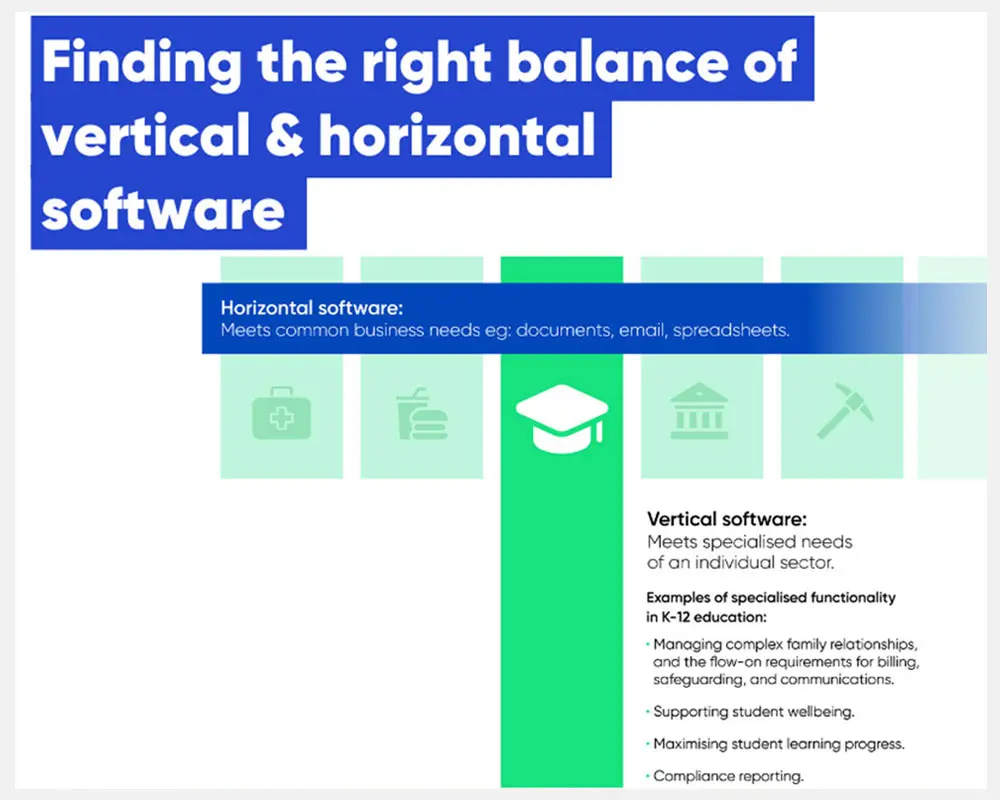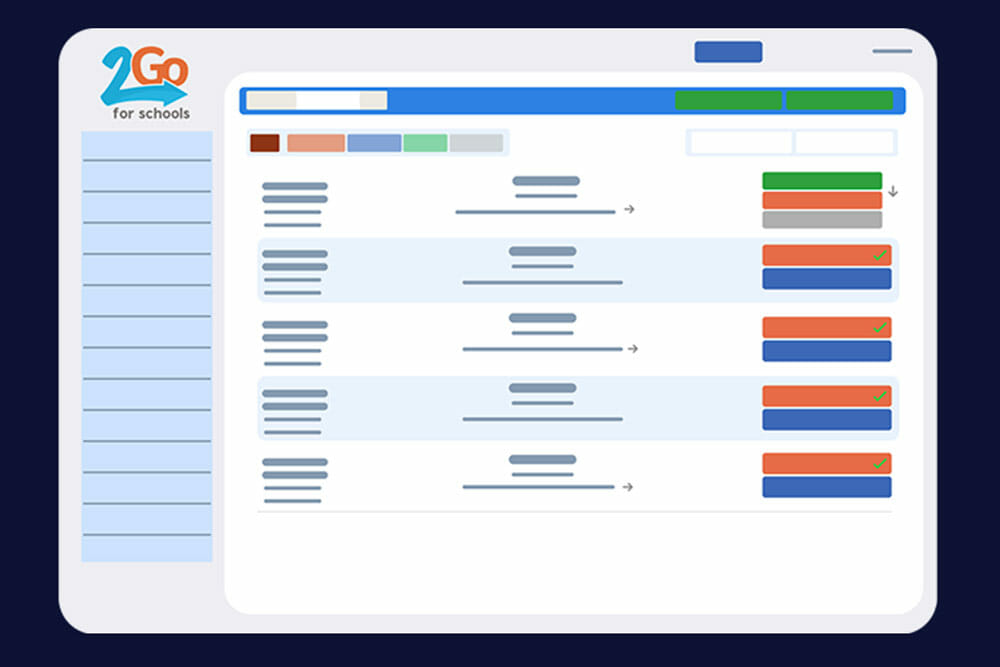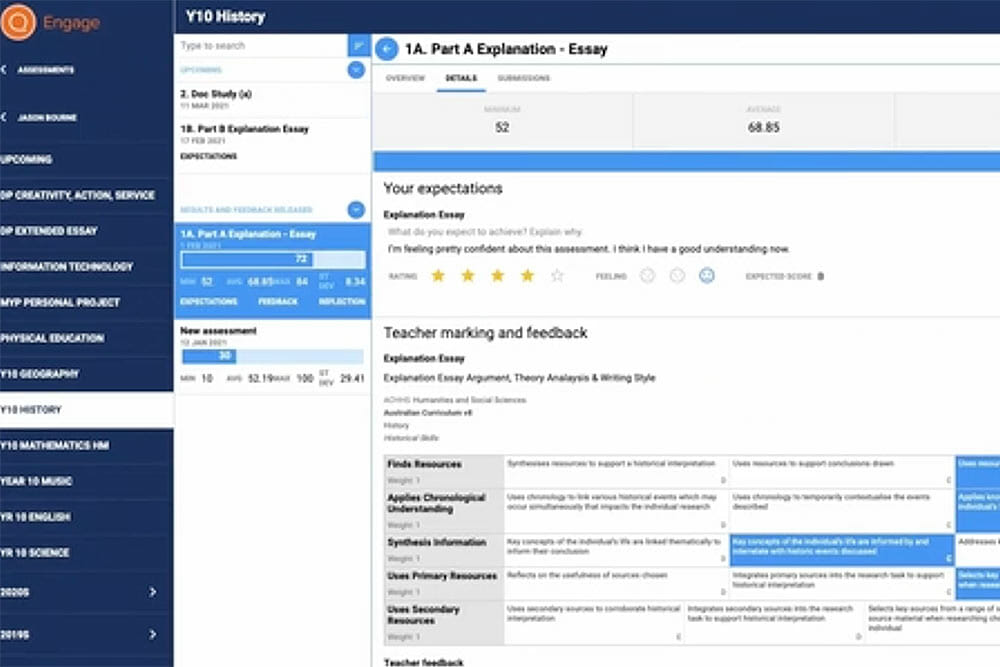Vertical software at the heart of education
As school operating software has evolved, it has become increasingly clear that schools require software built to meet their unique needs. Whether we’re talking about school management systems (SMS), student information systems (SIS) or learning management systems (LMS), they are carefully designed with the unique capabilities schools need to function and thrive.
One example is how software manages relationships in a school community.
Increasingly generic or horizontal Customer Relationship Management (CRM) tools are promoting themselves as solutions in the K-12 school sector to meet this need. They do this by mapping the relationship between a business (the school) and its customers (parents and families). But this model misses a lot of essential data for schools.
Vertical School Management Systems on the other hand, such as Synergetic and Zunia, map relationships between members of each school community – parents, students, staff and wider families.
Generally, vertical School Management Systems do this through a single-user-ID for each community member, which captures all of their different roles and relationships over time – such as former student, current parent or relative, and current staff member.
This rich data is critical for schools and represents a critical need which horizontal software does not meet.In the future the situation may change in some limited areas.
Schools do share some pain points and needs in common with other sectors and solutions designed for all businesses in general can be useful options for schools to consider alongside their core vertical software systems.
For many schools the Covid-19 pandemic drove a shift to remote learning for schools worldwide, forcing them to rapidly find ways to communicate and share learning content with students at home. Many schools solved this need through generic communications platforms including Zoom, Microsoft Teams and Google Suite. Increasingly these tools are being integrated with core Learning Management Systems, delivering a generic virtual learning and interaction space as part of their vertical, or school-specific core software experience.
The bottom line is School leaders must carefully assess and understand where horizontal software options can support and augment their core vertical software solution.






